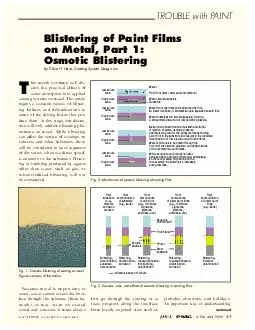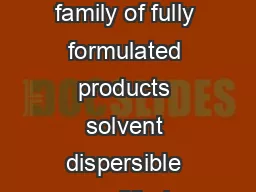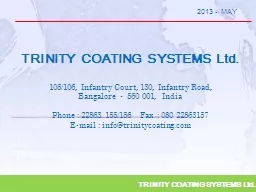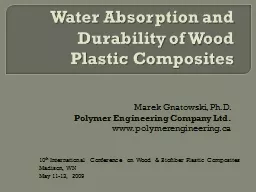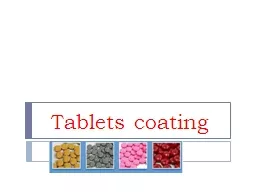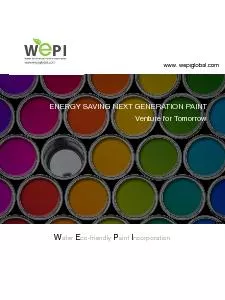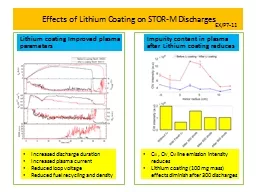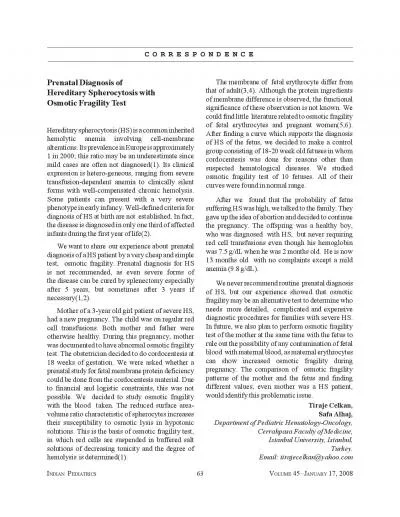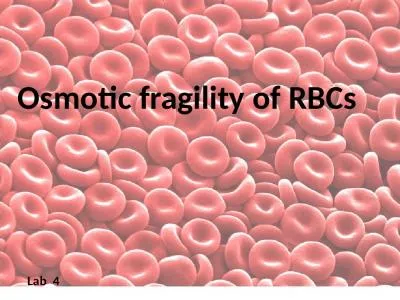PDF-TROUBLE with PAINT Blistering of Paint Films on Metal Part Osmotic Blistering his months
Author : pamella-moone | Published Date : 2015-02-23
The article begins a twounit review of blister ing failures and delaminations in terms of the driving forces that pro duce them At this stage our discus sion will
Presentation Embed Code
Download Presentation
Download Presentation The PPT/PDF document "TROUBLE with PAINT Blistering of Paint F..." is the property of its rightful owner. Permission is granted to download and print the materials on this website for personal, non-commercial use only, and to display it on your personal computer provided you do not modify the materials and that you retain all copyright notices contained in the materials. By downloading content from our website, you accept the terms of this agreement.
TROUBLE with PAINT Blistering of Paint Films on Metal Part Osmotic Blistering his months: Transcript
Download Rules Of Document
"TROUBLE with PAINT Blistering of Paint Films on Metal Part Osmotic Blistering his months"The content belongs to its owner. You may download and print it for personal use, without modification, and keep all copyright notices. By downloading, you agree to these terms.
Related Documents

